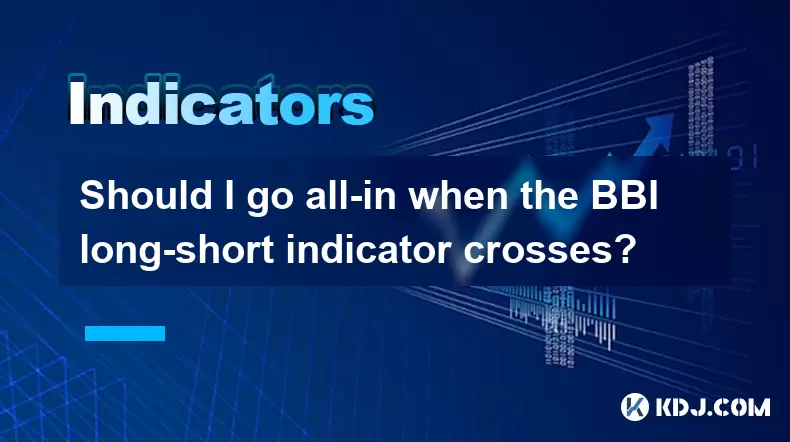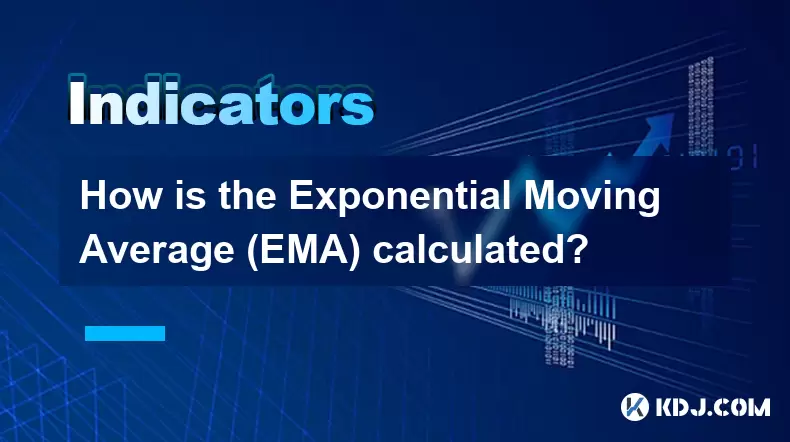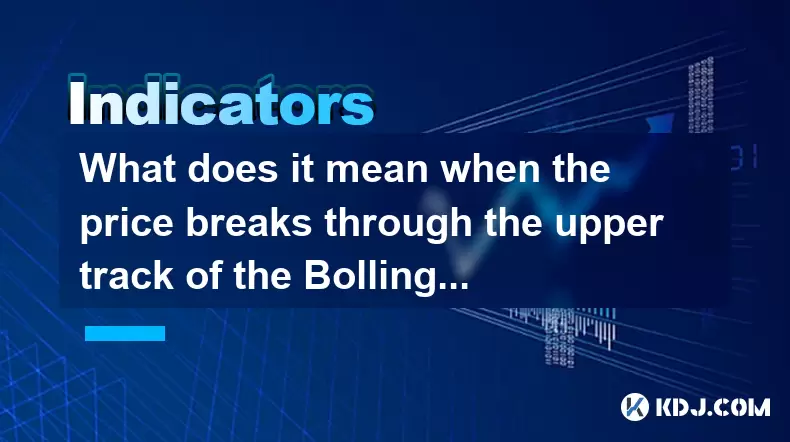-
 Bitcoin
Bitcoin $117500
-0.66% -
 Ethereum
Ethereum $3760
-1.24% -
 XRP
XRP $3.087
-2.54% -
 Tether USDt
Tether USDt $0.9999
-0.01% -
 BNB
BNB $803.6
-4.03% -
 Solana
Solana $180.3
-4.15% -
 USDC
USDC $0.9998
-0.01% -
 Dogecoin
Dogecoin $0.2218
-4.92% -
 TRON
TRON $0.3366
3.71% -
 Cardano
Cardano $0.7785
-3.73% -
 Hyperliquid
Hyperliquid $42.90
-4.75% -
 Sui
Sui $3.797
-7.45% -
 Stellar
Stellar $0.4165
-2.32% -
 Chainlink
Chainlink $17.65
-4.17% -
 Bitcoin Cash
Bitcoin Cash $561.0
-3.86% -
 Hedera
Hedera $0.2611
-4.54% -
 Avalanche
Avalanche $24.33
-7.02% -
 UNUS SED LEO
UNUS SED LEO $8.972
0.06% -
 Litecoin
Litecoin $107.6
-2.79% -
 Toncoin
Toncoin $3.254
-1.84% -
 Shiba Inu
Shiba Inu $0.00001306
-4.69% -
 Ethena USDe
Ethena USDe $1.001
0.00% -
 Uniswap
Uniswap $10.10
-4.83% -
 Polkadot
Polkadot $3.902
-4.63% -
 Monero
Monero $315.1
-2.57% -
 Dai
Dai $1.000
0.02% -
 Bitget Token
Bitget Token $4.499
-2.53% -
 Pepe
Pepe $0.00001145
-7.38% -
 Cronos
Cronos $0.1479
6.07% -
 Aave
Aave $281.3
-4.07%
Should I go all-in when the BBI long-short indicator crosses?
The BBI long-short crossover can signal trend shifts in crypto markets, but should be confirmed with volume, multi-timeframe analysis, and risk management to avoid false signals.
Jul 28, 2025 at 11:50 pm

Understanding the BBI Long-Short Indicator
The BBI (Bull Bear Index) is a technical analysis tool that calculates the average of multiple moving averages to provide a clearer picture of market trends. Unlike single moving averages, the BBI blends several periods—commonly 3-day, 6-day, 12-day, and 24-day moving averages—into one composite line. This helps smooth out volatility and reduce false signals. When traders refer to a "cross" in the BBI long-short indicator, they typically mean the moment the short-term BBI line crosses above or below the long-term BBI line. A bullish crossover occurs when the short-term line moves above the long-term line, suggesting upward momentum. A bearish crossover happens when the short-term line drops below, indicating potential downside pressure. This signal is widely used in cryptocurrency trading due to the high volatility of digital assets.
What a BBI Crossover Actually Signals
A crossover in the BBI does not guarantee price movement; it reflects a shift in momentum based on historical price data. When the short-term average surpasses the long-term average, it suggests that recent buying pressure has increased. This may indicate that market sentiment is turning bullish. However, in the cryptocurrency market, such signals can be misleading during periods of low volume or sudden news-driven spikes. For instance, a sharp price pump caused by a viral tweet might trigger a BBI crossover, but the momentum could quickly reverse once the hype fades. Therefore, relying solely on the BBI crossover without confirming indicators increases risk significantly. Traders should assess whether the crossover is supported by volume, order book depth, and broader market trends.
Risks of Going All-In Based on a Single Indicator
Placing all available capital into a cryptocurrency position based exclusively on a BBI crossover is an extremely high-risk strategy. The cryptocurrency market is highly speculative, and no single technical indicator can consistently predict price movements with accuracy. Going all-in means exposing your entire portfolio to potential losses if the market reverses. Even if the BBI suggests a bullish trend, factors such as exchange outages, regulatory announcements, or whale sell-offs can invalidate the signal instantly. Moreover, false breakouts are common in crypto, where prices briefly surge and then collapse. A strategy that allocates funds gradually—such as dollar-cost averaging or position scaling—is far safer than committing all capital at once.
How to Use the BBI Crossover More Effectively
To improve the reliability of BBI signals, traders should combine them with other forms of analysis. Consider the following steps when evaluating a BBI crossover:
- Confirm with volume analysis: Ensure that the crossover coincides with a noticeable increase in trading volume, which adds credibility to the signal.
- Check support and resistance levels: A crossover near a strong resistance zone may be less reliable than one occurring after a breakout from consolidation.
- Use additional indicators: Pair the BBI with tools like RSI (Relative Strength Index) or MACD (Moving Average Convergence Divergence) to confirm overbought or oversold conditions.
- Analyze on multiple timeframes: A crossover on the 4-hour chart should align with the trend on the daily chart to reduce noise.
- Monitor on-chain data: Tools like Glassnode or Santiment can show whether large holders are accumulating or distributing, adding context to the technical signal.
Practical Steps for Position Sizing After a BBI Signal
Instead of going all-in, a disciplined trader uses the BBI crossover as a trigger to initiate a partial position. Below is a structured approach: - Allocate a small percentage of capital (e.g., 10–20%) when the initial crossover occurs.
- Set a stop-loss just below the recent swing low (for long positions) to limit downside risk.
- Add to the position only if price continues to move favorably and additional confirmation appears, such as a retest of support or rising volume.
- Avoid emotional decisions by pre-defining entry, exit, and scaling rules before the trade.
- Track performance using a trading journal to assess whether BBI crossovers generate consistent returns in specific market conditions.
Backtesting the BBI Strategy in Crypto Markets
Before applying any strategy live, backtesting on historical data is essential. To test the effectiveness of BBI crossovers: - Select a cryptocurrency pair, such as BTC/USDT or ETH/USDT, and gather at least one year of candlestick data.
- Apply the BBI indicator with standard settings (3, 6, 12, 24) on a trading platform like TradingView.
- Mark every crossover and note the price action over the next 24 to 72 hours.
- Calculate win rate and risk-reward ratio by comparing gains from successful trades against losses from false signals.
- Adjust parameters if needed, such as using different moving average combinations or filtering signals during low-volatility periods.
Many traders discover that BBI works better in trending markets than in sideways or choppy conditions. Backtesting helps identify these nuances without risking real funds.Frequently Asked Questions
Can the BBI indicator be used on all cryptocurrencies?
Yes, the BBI can be applied to any cryptocurrency with sufficient price history and trading volume. However, its effectiveness varies. Major coins like Bitcoin and Ethereum tend to produce more reliable signals due to higher liquidity and participation. Smaller altcoins with low volume may generate frequent false crossovers because of price manipulation or thin order books.Is the BBI better than a simple moving average crossover?
The BBI reduces noise by averaging multiple moving averages, making it smoother and less prone to whipsaws compared to a basic two-line MA crossover. However, this smoothing can also cause delayed signals. Traders seeking faster entries might prefer simple MAs, while those prioritizing signal quality may favor the BBI.How do I set up the BBI indicator on TradingView?
Open the TradingView chart for your chosen asset. Click "Indicators" at the top, search for "Bull Bear Index", and add it. By default, it uses (3,6,12,24) periods. You can customize these values in the settings. To visualize crossovers clearly, plot two BBI lines with different lengths and watch for intersections.Should I use BBI on spot trading or futures?
The BBI can be used in both scenarios, but risk management becomes critical in futures due to leverage. A crossover signal in a leveraged position can lead to liquidation if the market reverses sharply. For futures, combine BBI with tighter stop-losses and lower position sizes. In spot trading, the risk is limited to the invested capital, making it more forgiving for beginners.
Disclaimer:info@kdj.com
The information provided is not trading advice. kdj.com does not assume any responsibility for any investments made based on the information provided in this article. Cryptocurrencies are highly volatile and it is highly recommended that you invest with caution after thorough research!
If you believe that the content used on this website infringes your copyright, please contact us immediately (info@kdj.com) and we will delete it promptly.
- Bitcoin Price Drop: Navigating the Dip with Corporate Strategies
- 2025-07-30 07:30:12
- BNB's Bullish Cycle: ChatGPT Weighs In on the Future
- 2025-07-30 06:50:12
- XRP's Wild Ride: Open Interest, Price Crash Fears, and What's Next
- 2025-07-30 07:50:12
- SEC Greenlights In-Kind Creations: A Game Changer for Bitcoin ETPs?
- 2025-07-30 07:50:12
- Arbitrum (ARB) Price Prediction: Navigating the Ups and Downs of the Best ETH Eco
- 2025-07-30 06:50:12
- Ethereum, Ruvi AI, Presale: The Next Big Thing in Crypto?
- 2025-07-30 07:30:12
Related knowledge

How is the Exponential Moving Average (EMA) calculated?
Jul 30,2025 at 10:35am
Understanding the Concept of Exponential Moving Average (EMA)The Exponential Moving Average (EMA) is a type of moving average that places a greater we...

What does it mean when the EMA combination crosses upward for the first time after sideways trading?
Jul 28,2025 at 03:43pm
Understanding the EMA and Its Role in Technical AnalysisThe Exponential Moving Average (EMA) is a widely used technical indicator in cryptocurrency tr...

What does it mean when the price breaks through the upper track of the Bollinger Band but the RSI is overbought?
Jul 30,2025 at 03:35am
Understanding Bollinger Bands and Their Upper TrackBollinger Bands are a widely used technical analysis tool developed by John Bollinger. They consist...

What signal does the ROC send when it rises rapidly from a low level and breaks through the zero axis?
Jul 27,2025 at 10:15am
Understanding the Rate of Change (ROC) IndicatorThe Rate of Change (ROC) is a momentum-based oscillator used in technical analysis to measure the perc...

What does it mean when the moving averages are glued together and a gap appears?
Jul 29,2025 at 07:49pm
Understanding Moving Averages in Cryptocurrency TradingMoving averages are among the most widely used technical indicators in the cryptocurrency tradi...

What does it mean when TEMA breaks through the long-term downward trend line?
Jul 29,2025 at 02:50pm
Understanding the Role of Smart Contracts in Decentralized Finance (DeFi)Smart contracts are self-executing agreements with the terms of the agreement...

How is the Exponential Moving Average (EMA) calculated?
Jul 30,2025 at 10:35am
Understanding the Concept of Exponential Moving Average (EMA)The Exponential Moving Average (EMA) is a type of moving average that places a greater we...

What does it mean when the EMA combination crosses upward for the first time after sideways trading?
Jul 28,2025 at 03:43pm
Understanding the EMA and Its Role in Technical AnalysisThe Exponential Moving Average (EMA) is a widely used technical indicator in cryptocurrency tr...

What does it mean when the price breaks through the upper track of the Bollinger Band but the RSI is overbought?
Jul 30,2025 at 03:35am
Understanding Bollinger Bands and Their Upper TrackBollinger Bands are a widely used technical analysis tool developed by John Bollinger. They consist...

What signal does the ROC send when it rises rapidly from a low level and breaks through the zero axis?
Jul 27,2025 at 10:15am
Understanding the Rate of Change (ROC) IndicatorThe Rate of Change (ROC) is a momentum-based oscillator used in technical analysis to measure the perc...

What does it mean when the moving averages are glued together and a gap appears?
Jul 29,2025 at 07:49pm
Understanding Moving Averages in Cryptocurrency TradingMoving averages are among the most widely used technical indicators in the cryptocurrency tradi...

What does it mean when TEMA breaks through the long-term downward trend line?
Jul 29,2025 at 02:50pm
Understanding the Role of Smart Contracts in Decentralized Finance (DeFi)Smart contracts are self-executing agreements with the terms of the agreement...
See all articles

























































































